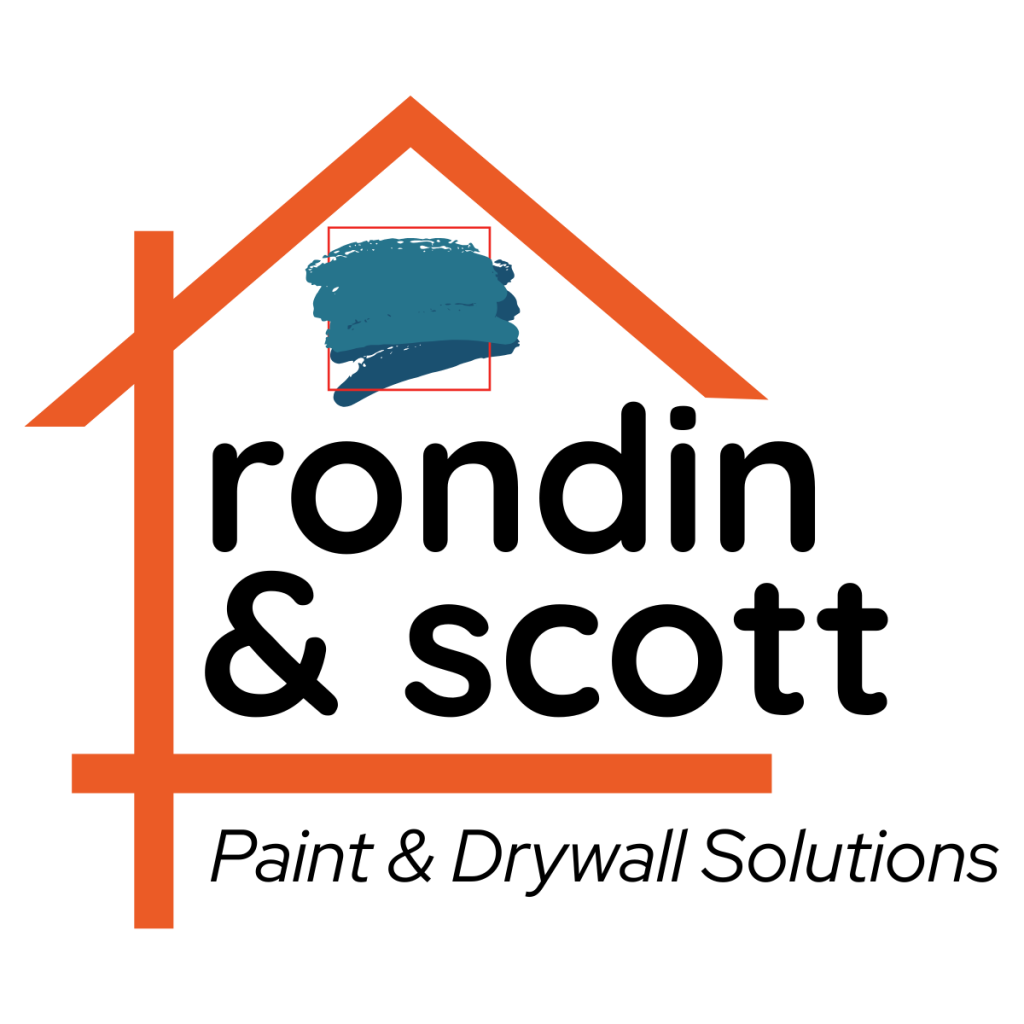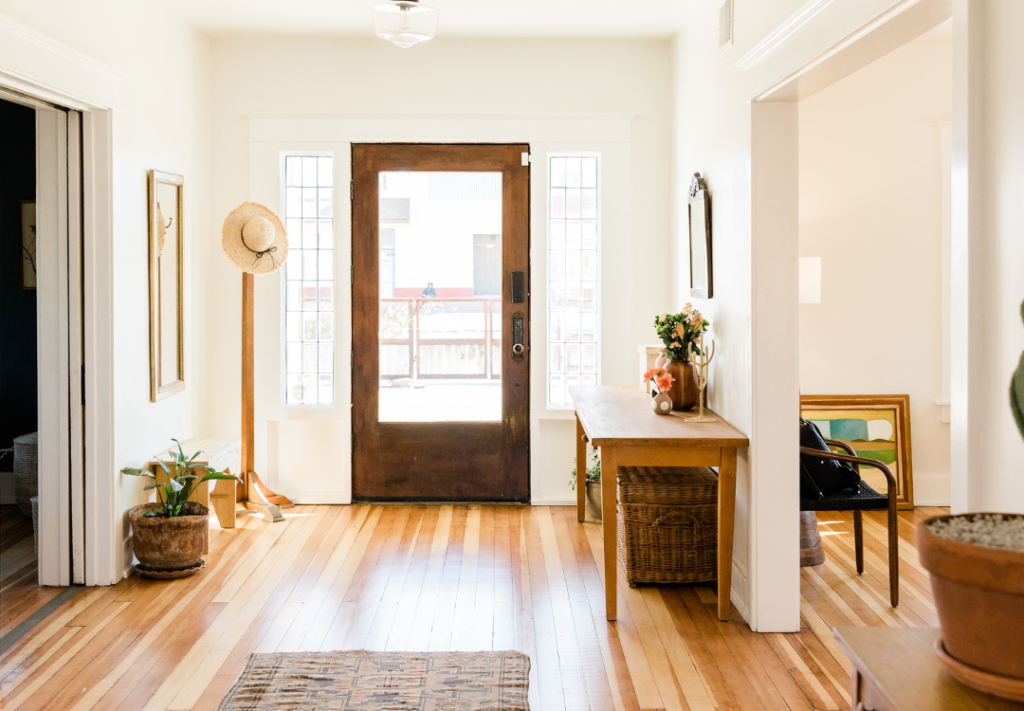Drywall is in nearly every home and business—and for good reason. It’s lightweight, durable, cost-effective, and easy to finish. But like anything else in your home, it’s not invincible. From hairline cracks to major holes, drywall damage can sneak up quickly and spread even faster if not handled correctly.
At Rondin & Scott Paint & Drywall Solutions, we’ve seen it all—and fixed it all. In this post, we’ll guide you through what causes drywall damage, how to spot early signs, and what you can do to prevent small problems from becoming expensive headaches.
Common Causes of Drywall Damage
Before you can fix it, it’s important to understand what causes drywall damage. Here are the most frequent culprits we come across:
Water leaks from roofs, plumbing, or HVAC systems
Foundation shifting or settling, which causes cracks
Humidity and moisture, especially in bathrooms or basements
Accidental impact, like doorknobs, furniture, or kids playing rough
Poor installation or low-quality materials
Termite or pest activity behind the walls
Recognizing the cause helps you fix the root issue—not just the surface damage.
Signs Your Drywall Needs Attention
Not all damage is immediately obvious. Here’s what to look for:
Cracks around windows, doors, or ceilings
Sagging or bulging areas in the wall or ceiling
Discoloration or water stains
Soft or crumbly patches when touched
Visible holes or dents
Peeling paint or bubbling texture
Even small issues can be early warning signs of deeper problems. It’s always better to act sooner rather than later.
Why You Shouldn’t Wait to Repair It
It’s tempting to ignore that little crack or minor stain—until it spreads. Here’s why quick action is essential:
1. Prevent Mold and Mildew
If water is involved, the drywall can become a breeding ground for mold. This isn’t just an aesthetic issue—it can affect your health and indoor air quality.
2. Avoid Bigger Structural Issues
Cracks and damage often signal shifting structures. Left alone, they could lead to warped framing, ceiling sag, or compromised insulation.
3. Save Money in the Long Run
Small repairs are much more affordable than large-scale replacements. The longer you wait, the more it costs.
4. Keep Your Home Looking Great
Damaged drywall lowers your home’s value and appeal. If you’re planning to sell or rent, first impressions matter.
What to Do When You Spot Drywall Damage
Now that you know what to look for and why it matters, here’s a step-by-step guide on what to do next:
Step 1: Identify the Source
Before patching anything, determine what caused the damage. If it’s a leak, fix it first. If it’s impact-related, you may just need a patch. If the cause isn’t clear, call in a pro for an inspection.
Step 2: Stop the Spread
Contain the issue quickly:
Turn off water if there’s a leak
Dry out wet areas with fans or dehumidifiers
Avoid putting pressure on damaged areas
Step 3: Evaluate the Severity
Not all drywall damage needs a full replacement. Here’s a rough guide:
Small nail holes or dents: Easy DIY spackle and paint
Hairline cracks: May require taping and light skim-coating
Larger holes or sagging: Likely needs professional patching or panel replacement
Water damage or mold: Call the pros—this is not a DIY job
When to DIY vs. Call a Pro
We get it—DIY can be tempting. And in some cases, it works! But here’s when you should absolutely call a drywall expert like Rondin & Scott:
The damage is bigger than 6 inches
The wall feels soft or spongy
There’s visible mold or a musty smell
You see stains that keep coming back
The ceiling is sagging or cracked
You’re prepping your home for sale or appraisal
Professional repairs not only look seamless but also ensure the issue won’t return.
Our Drywall Repair Process
When you hire Rondin & Scott, we handle the entire process from start to finish:
Inspection – We assess the damage, locate the cause, and explain your options.
Preparation – We protect your home and prep the area for safe, clean repairs.
Repair or Replace – Whether it’s a small patch or full panel, we use top-grade materials and expert techniques.
Finishing – We sand, smooth, and match textures perfectly—like it never happened.
Paint & Restore – We’ll repaint and blend everything so it looks brand new.
We keep your home clean and your timeline tight—no mess, no stress.
Tips to Prevent Future Damage
Want to avoid repeat drywall issues? Here are some quick tips:
Fix leaky pipes, faucets, or roofs immediately
Use door stoppers to prevent doorknob dents
Maintain consistent indoor humidity (especially in winter)
Check for pest activity behind walls
Don’t hang heavy items without proper anchors
Keep an eye on new cracks—especially if they grow
A little maintenance goes a long way!
Your Walls Deserve Better—So Do You
Drywall may not be the flashiest part of your home, but it’s essential to both form and function. Damaged drywall can quickly drag down the look, value, and comfort of your space. Luckily, fixing it is easier than you think—when you work with the right team.
At Rondin & Scott Paint & Drywall Solutions, we specialize in seamless drywall repair and painting services that leave your space looking flawless. Whether it’s a tiny crack or a major wall makeover, we’re here to help you protect your home and restore its beauty.

